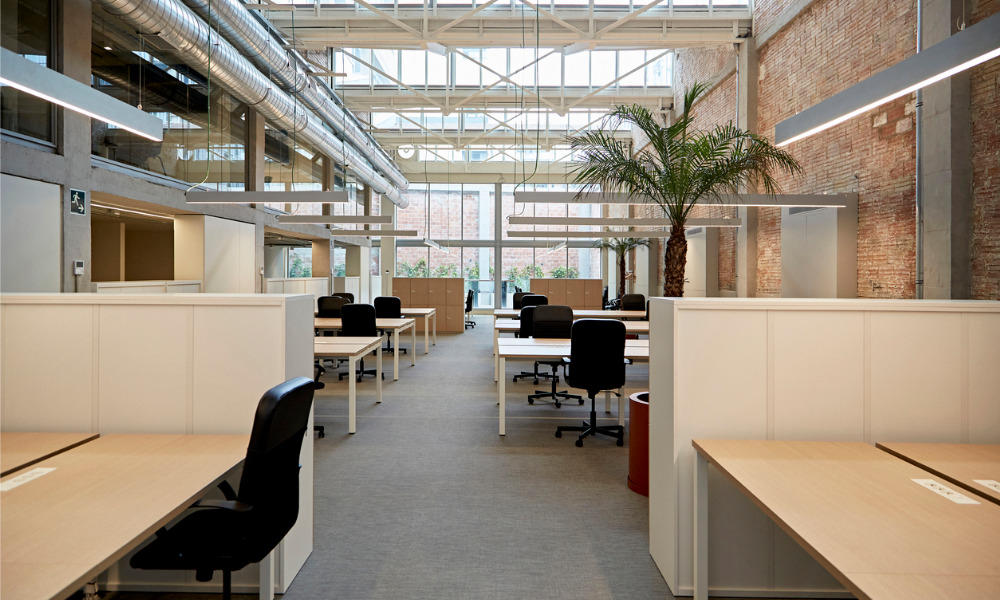Latest NAIOP report optimistic about office space absorption

With companies starting to seek out top-tier, Class A office spaces, the commercial office real estate market is set to enter a period of stabilization following the uncertainty of the COVID-19 pandemic, said NAIOP, the Commercial Real Estate Development Association.
The office market absorbed 21.6 million square feet of space during the last quarter of 2021 and the first quarter of 2022, even as office vacancy rates continued to rise for the tenth consecutive quarter. According to the latest NAIOP Office Space Demand Forecast, this absorption was primarily driven by the completion of Class A buildings, which many companies transitioning from work-from-home arrangements have begun to seek out.
The report found that Class A buildings are “driving net absorption rates in many parts of the country,” with suburban markets and sciences hubs recovering better than the national average. Citing office utilization data from Kastle Systems, NAIOP researchers said that office occupancies in 10 major cities, including Los Angeles, New York, and Washington D.C., reached a pandemic record high of 43.4% last April 27.
Leasing activity was also found to be up year over year, signaling that companies have become more willing to commit to office space for longer periods. Additionally, property owners have become more willing to offer greater tenant improves to encourage signing, which indicates that companies maintain the upper hand when negotiating leases.
These trends signal a move toward a “more stable equilibrium” for the office market, the NAIOP report revealed.
For the remainder of 2022, net office space absorption is projected to be 46.9 million square feet, which is close to the 46.6 million square feet declared in previous forecasts. This optimism extends to their total net absorption forecast for 2023, which is at 47.3 million square feet, with an additional 6.5 million square feet absorbed in the first quarter of 2024.
“We are fortunately seeing that even as the work week gets reshuffled, and fewer employees are in the office at one time, companies still seek spaces for collaboration and for all employees to be at the office at least part of the week,” said Thomas J. Bisacquino, president and CEO of NAIOP. “This obviously bodes well for the office sector and for the overall commercial real estate industry.”



